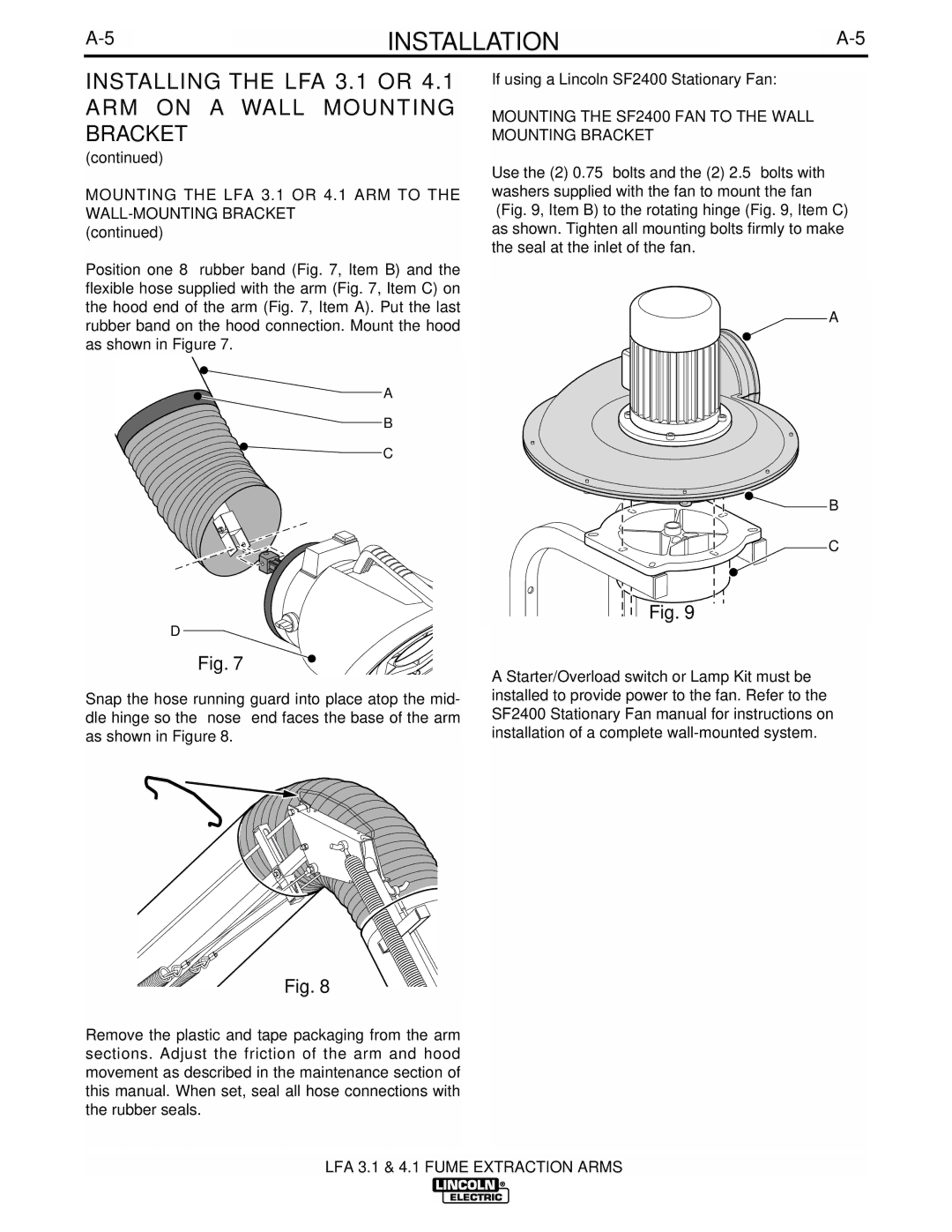3.1, 4.1 specifications
Lincoln Electric 4.1 and 3.1 represent advanced welding technologies designed to enhance the efficiency and quality of welding processes. As a leader in the welding industry, Lincoln Electric has equipped these systems with features that cater to the needs of both professional welders and industrial applications.One of the standout characteristics of the Lincoln Electric 4.1 and 3.1 is their user-friendly interface. Both systems include intuitive controls that allow welders to easily adjust settings for optimal welding performance. This ensures that even those with varying levels of experience can achieve high-quality welds with minimal training. The digital displays provide real-time feedback, allowing users to make immediate adjustments based on the welding conditions.
In terms of performance, both models are powered by advanced inverter technology. This enables them to deliver consistent welding arcs and reduce energy consumption compared to traditional welding machines. The inverter design also contributes to a lightweight and compact frame, making it easier for welders to transport the units to different job sites or maneuver them in tight spaces.
The welding processes supported by Lincoln Electric 4.1 and 3.1 include MIG, TIG, and Stick welding, making them versatile tools suitable for a variety of applications. This adaptability is particularly beneficial for businesses that require multi-process capabilities without investing in multiple machines. The machines are equipped with features like advanced arc control and adjustable inductance, which help to refine the quality of the weld and improve the overall aesthetic finish.
Both models also prioritize safety with features such as overload protection and thermal shutdown capabilities. This ensures that the units operate within safe parameters, reducing the risk of damage to the machine and enhancing the safety of the user.
Another significant aspect of the Lincoln Electric 4.1 and 3.1 is their durability. Constructed from high-quality materials designed to withstand rigorous working conditions, these systems are built to last. The robust design means less downtime due to repairs or replacements, ultimately contributing to cost efficiency for businesses.
In summary, the Lincoln Electric 4.1 and 3.1 welding systems stand out due to their advanced technology, user-friendly interfaces, versatility in welding processes, and durable construction. These features come together to make them reliable choices for professionals seeking to enhance their welding operations while maintaining high standards of quality and efficiency.

